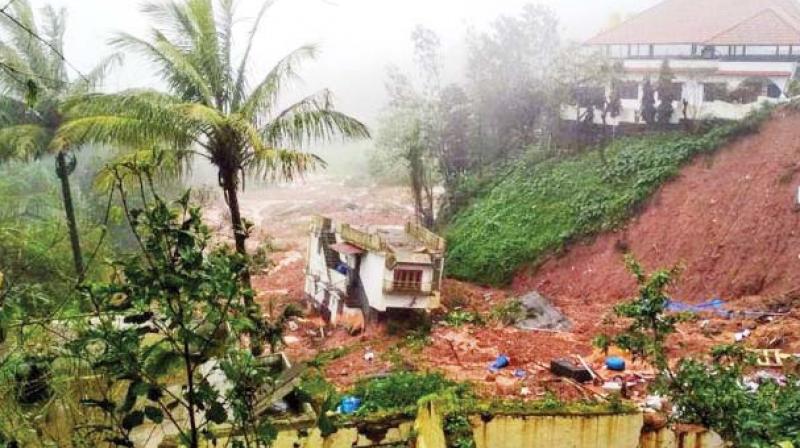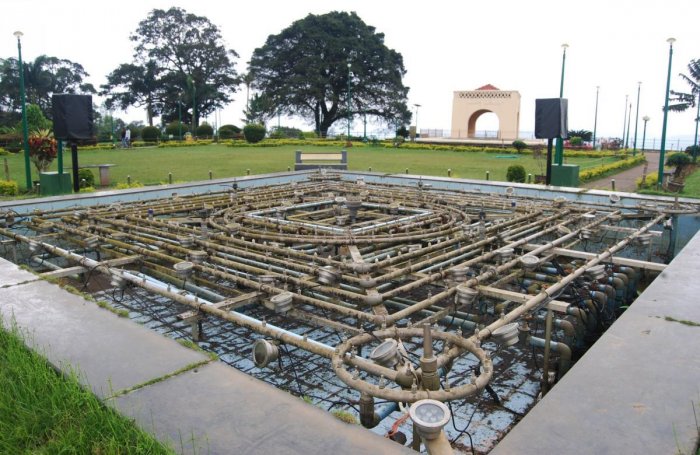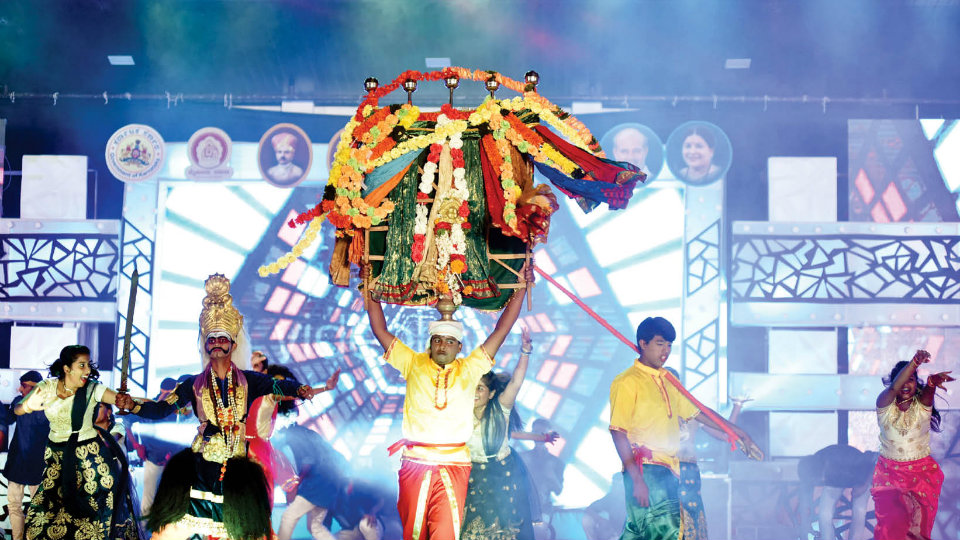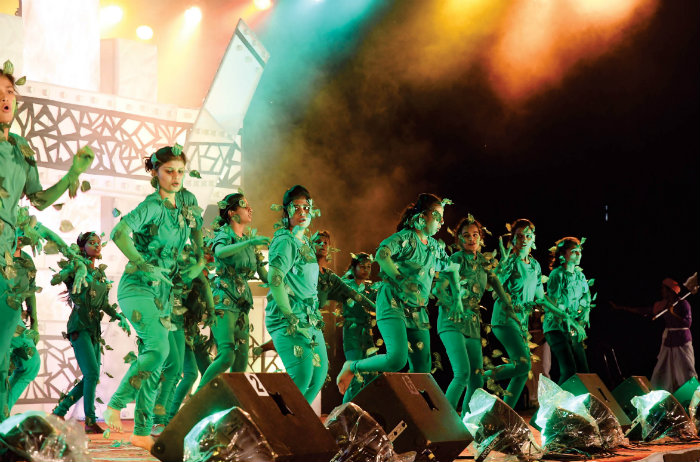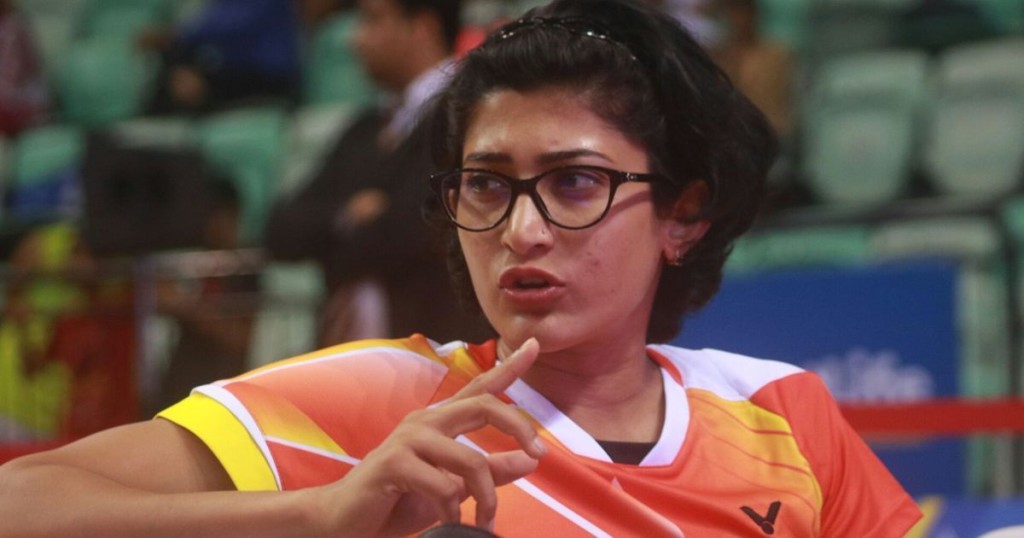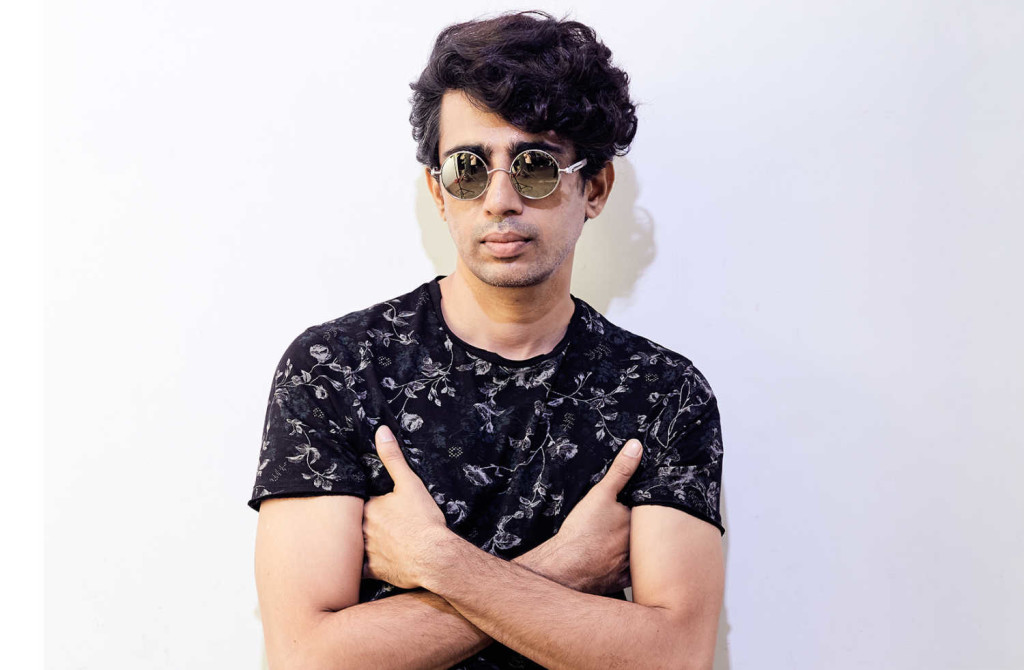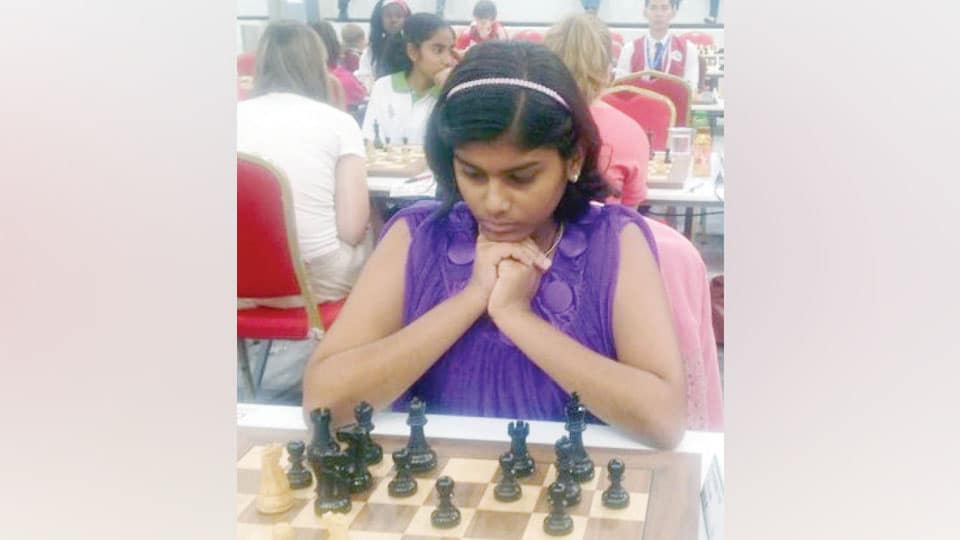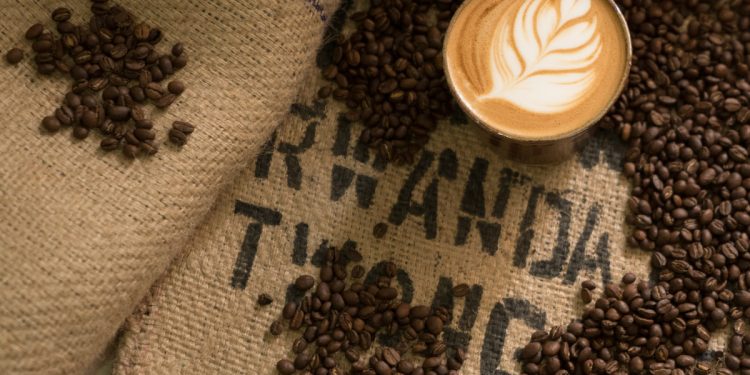
Coffee is indisputably one of the most favourite and widely consumed beverages in the world. It is estimated that more than 200 crore cups of coffee are consumed by people around the globe on a daily basis. The coffee plants originated in the African continent, and Arabica and Robusta are the most commonly grown varieties.
The tale of coffee
There are many legendary accounts related to the origin of the coffee. The most popular among them is the tale of Kaldi, the Ethiopian shepherd, who noted how his goats have become excited and active after eating the leaves of a plant which bore red shiny seeds. He took the leaves and seeds of this plant to the nearby monastery to know more about it. It is said that the monk at the monastery brewed a special drink using the seeds brought by the shepherd. After drinking the concoction, the monk discovered that he could indulge in his works with renewed energy and remain wake at night to offer prayers. So many believe that the first cup of coffee was brewed in an Ethiopian monastery by a monk.
It was in a 9th century document that coffee was mentioned for the first time. Crassus, a Persian apothecary has written about a drink called bunchum. It was noted that bunchum was brewed from a fruit called bun, which means coffee beans in the Ethiopian language. Historians thus surmise that Craussus had mentioned about coffee brewed from coffee beans. In the meantime, Arab merchants had begun cultivating coffee plants in Yemen, which were brought from Ethiopia. Their coffee cultivation was based on the hilly areas in the south western parts of Yemen. This coffee variant, known as Arabica, had reached almost all the Arab countries as well.
Turkish brew
Ozdemir Pasha, the Turkish Ottoman governor of Yemen had taken tons of coffee to Istanbul. He, in fact, is credited for introducing coffee to Turkey. It was the Turkish people who brewed the coffee, for the first time, in the way in which it is consumed today. They roasted the coffee seeds, ground it to fine powder and then mixed in hot water to make the beverage. As per the historical records, the Ottoman emperor Suleiman had created a special title called the ‘chief coffee maker,’ and the person who bore that title enjoyed a special position in his royal court as well. It was during the reign of the Ottoman Empire that coffee reached various parts of the world and became one of the most prominent drinks.
Unique flavour

By the 17th century, coffee had become popular in Europe and North America. When Britain imposed tea tax in America in 1773, the Americans resorted to coffee. The Arab merchants tried to retain their dominance in coffee export when the demand increased significantly in Europe and America. They had exported only roasted coffee beans or the seeds which were boiled in water, to prevent the cultivation of coffee in other parts of the world.
However, the Dutch, French, and the Portuguese had begun coffee cultivation at their various colonies around the globe. The Dutch had cultivated coffee in South East Asia, while the French had coffee plantations in the Caribbean islands. The Portuguese, too, had large plantations in their South American colony, Brazil. By the 1830’s Brazil became the largest exporter of coffee in the world, and still continues its leading position in coffee export followed by Vietnam and Colombia. Robusta coffee which originated in the central and western Africa is largely grown in Vietnam.
Coffee in India
It was Baba Budan, a Sufi monk who is believed to have smuggled coffee out of the Yemenese harbour town Mocha to India, while returned from a pilgrimage to Mecca. There are many portraits of Baba Budan in which he is portrayed as smuggling 7 coffee seeds by hiding them under his long beard or strapping them onto his chest. It is said that Baba Budan, who was a resident of the Chandragiri hills in Chikmanglur, Karnataka, had grown those coffee seeds here in 1670. Today, these hills are known as the Baba Budan hills. In 1870, the first first coffee plantation in India was set up near the Baba Budan hills. J H Jolly, who was the manager of the Parry and Company, had requested the king of Mysore to allot 40 acres of land for coffee cultivation. Later, the coffee reached other places in south India like Wayanadunand Nilgiri.
Indian special
Though the British had tried to cultivate coffee in India, it wasn’t as successful in the beginning.They had faced a backlash when the Arabica variety was affected by the coffee rust disease. However, in the 19th century the British had managed to grow coffee in more than 3 lakh hectares of land. In the initial stages, the coffee plantations were opened mainly in places like Mysore and Coorg, and the Robusta variety was grown here. Later they began to cultivate S795 variety of the Arabica coffee which was immune to the coffee rust disease.
In the mid 19th century, India emerged as a leading exporter of coffee. But the market crashed due to the severe financial constraints which arose during the world wars. To effectively tackle this a coffee cess committee was formed in 1935. As per their recommendations, Indian coffee house outlets were opened in 1940. It was during this time that the renowned Indian filter coffee emerged.The filter coffee prepared by mixing roasted coffee beans, chicory, milk, and sugar became instantly in popular in South India. The Coffee Board of India was formed in 1945 to regulate the coffee exports exports and to aid the small scale coffee cultivators.
The Indian Coffee House
In the 1950’s, the Coffee Board of India decided to shut down the India coffee house outlets opened during the British era, and to terminate the labourers who worked at these outlets. However, the labourers, led by the charismatic communist leader A K Gopalan, formed the India Coffee Board Workers’ Cooperative Society on 19 August 1957 at Bangalore. The first outlet of the Indian Coffee House was thus opened, in the same year, in Delhi. The next year, the Indian Coffee House was opened in Thrissur, making it the first outlet in Kerala. More outlets of the iconic Indian Coffee House were opened at various places like Thalassery, Lucknow, Nagpur, Jabalpur, Mumbai, Calcutta, Pune, and Tamil Nadu.
Expensive brew
It is in the south Indian states that coffee is cultivated in abundance. Karnataka produces 71% of the total coffee production while Kerala has 21% and Tamil Nadu produces 5%. The Indian coffee is in great demand around the globe as coffee here is mostly grown in mixed farming, getting ample shade under the cardamom, clove, nutmeg, and cinnamon crops. The Indian Monsoon coffee has a distinct flavour and aroma. There are coffee plantations in states like Andhra Pradesh, Odisha, and many north eastern states as well.
The unique coffee produced by the tribal people of the Araku valley in Andhra Pradesh is one of the most famous organic coffee brands in the world. The Araku brand of coffee has achieved an international honour by winning the Prix Epicerie Award 2018. It is for the first time that an Indian coffee brand has won this prestigious award. The brand which sells 100% authentic Arabica coffee now has an outlet in Paris as well. Five different varieties of Araku coffee are sold at this outlet, and the premium coffee variant costs up to Rs 7000 per kilogram.
source: http://www.food.manoramaonline.com / OnManorama / Home> Food> Foodie / by M Muhammmad Shafi / November 02nd, 2018






